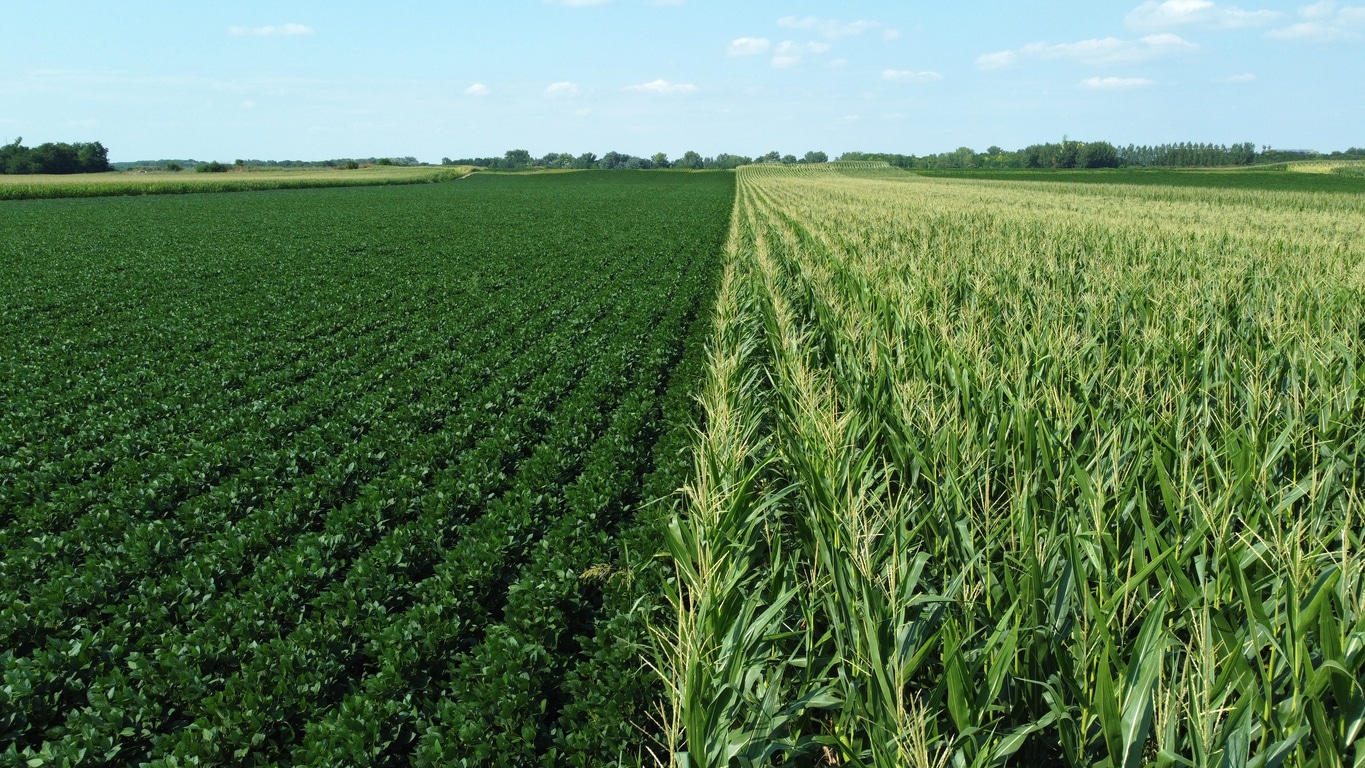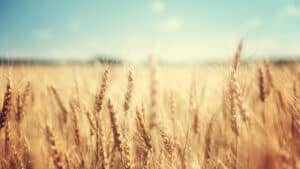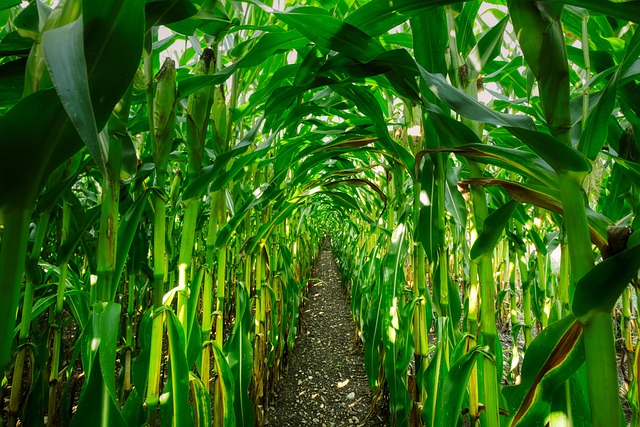One of the highlights from the Corn Belt Seed Conference was Purdue University professor Jay Akridge outlining the big factors influencing agribusiness, and what’s ahead. Here’s a snapshot of the session.
Purdue University professor and trustee chair in teaching and learning excellence Jay Akridge presented perspective on the agribusiness sector’s evolution and challenges at the Corn Belt Seed Conference in Indianapolis. In his talk, he emphasized the conference theme of convergence—a melding of past achievements and future innovations—to address complex agricultural needs.
“Looking at corn yields over time…it really is a remarkable story. I mean, that’s a story of genetics. I mean, most of your worlds, it’s story of technology,” he said. “It’s a story of information technology, machinery technology. It’s a story of chemical technology.”
He spoke of the contributions of farmers, especially those in the Midwest, to continuous improvements in yields.
“It’s certainly a testament to farmers…and their ingenuity, their perseverance, their drive to do something better with every single crop,” he added.
Akridge turned to soybeans and their complex journey toward commercial adoption.
“The first recorded soybean was in this state (Indiana) in about 1850 or so, and they called it the Japanese peas … they used them as a substitute for coffee,” he said.
He traced the progression from initial confusion over the crop’s uses to more practical applications, such as livestock feed. “By the 30s…turning soybeans into commercial livestock feed as well as oil” marked a significant milestone in their economic potential.
Addressing global food security, Akridge highlighted severe challenges in ensuring adequate nutrition for populations worldwide.
“Roughly 800 million people … do not have food for a day or more. Another 2.3 billion…mildly food insecure. They don’t know where it’s coming from. They may change their diet, they may miss meals,” he explained. “It’s just not about calories and feeding people…do they have a healthy diet?”
Shifting focus to climate challenges, Akridge shared projections from the National Climate Assessment.
“They would talk about eight to 20% more precipitation as we approach the year 2050, but they would also talk about more of that precipitation coming in very intense events, and then episodic droughts coming right up the hills of that,” he said, highlighting the need for resilient crop varieties. “Producers are going to need crops that yield even when the weather throws extremes at them.”
Akridge detailed the rise of venture capital investments in agribusiness, noting significant activity in areas such as bioenergy and biomaterials. He said venture capital is driving experiments in renewable plastic, substitutes for single-use plastics from renewable sources, getting the petroleum out of that particular product.
“These are not fringe ideas—these are reshaping how we think about sustainability and industrial uses of crops,” he added.
Pointing to technological advancements in precision agriculture, Akridge emphasized the importance of data-driven decision-making.
“We see more of that, all the time … applications in livestock area, buildings, etc.,” he said, describing the integration of sensors, robotics and smart crop systems that could transform farm operations.
On the subject of human capital, Akridge pointed out the need for skilled talent to navigate the complexities of modern agriculture.
“It’s going to take people to navigate…population variability, nutrition issues, more climate variability, industrial use of products,” he said, acknowledging the role of educational initiatives, noting the success of FFA, which recently surpassed one million members. “Fantastic, in terms of number of young people engaged in that organization. Virtually every high school graduate is going to need (some kind of) education beyond high school to compete in this world.”
Don’t Miss Seed World’s Additional Coverage of the Corn Belt Seed Conference:
Corn Belt Seed Conference Celebrates 125 Years of Advancing Agriculture and Seed Quality
Plant Pathologist Talks Soybean Diseases, Urges Focus on Red Crown Rot at Corn Belt Seed Conference












